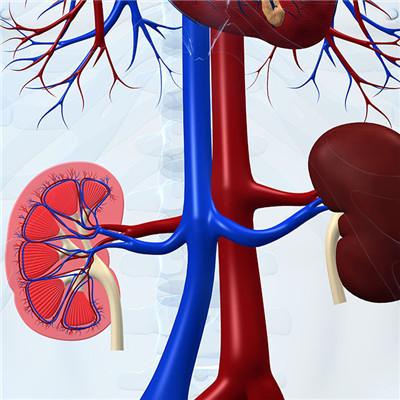What are the symptoms of empty sella syndrome?
summary
Empty sella syndrome is a series of clinical manifestations caused by sellar septal defect or pituitary atrophy, subarachnoid space protruding into the sella under the pressure of cerebrospinal fluid, resulting in sella enlargement and pituitary compression. Clinically, it can be divided into two types: intrasellar or parasellar surgery or radiotherapy, the latter is "secondary vacuolar sellar syndrome"; Primary vacuolar sella syndrome is not caused by surgery or radiotherapy, but no obvious cause can be found.
What are the symptoms of empty sella syndrome?
The sella turcica may be symmetrically spherical or square in shape, with the back of sella becoming thinner, the diaphragmatic defect or absence of sella, and the pituitary flattening and flat sticking to the bottom or wall of sella turcica. The space was filled with subarachnoid space, containing colorless and transparent cerebrospinal fluid and communicating with the subarachnoid space outside the sella. The arachnoid membrane outside the sella may thicken and adhere. The optic nerve or optic chiasm may be slightly depressed to sella turcica, and the pituitary gland cells are normal under microscope.

ESS is a rare clinical syndrome. Most of them were middle-aged female patients. Most empty sella have no clinical symptoms because of mild pituitary compression. Empty sella syndrome (ESS) occurs only when pituitary compression is obvious with the progression of the disease. Headache, vision loss and / or visual field defect and endocrine dysfunction are the three main clinical manifestations of ESS.

Sometimes it can be found in imaging that the optic nerve optic chiasm and the optic tract partially or completely fall into the saddle through the sellar septal foramen, resulting in the compression of the optic pathway structure, resulting in the decline of vision and visual field defect. In imaging, some patients have visual field defect without optic pathway hernia or normal vision with optic pathway hernia. Some people think that this clinical manifestation may be caused by the microstructural changes of visual pathway or blood vessels caused by pulling the pituitary stalk.

matters needing attention
It is generally believed that if the symptoms are mild, there is no need for special treatment, but if there is obvious visual impairment, surgical exploration should be performed. If it is adhesion around the optic nerve, adhesiolysis can improve the visual acuity to a certain extent. Artificial septum sellae has been suggested. The patients complicated with cerebrospinal fluid rhinorrhea were operated by transsphenoidal approach, and the pituitary fossa was filled with muscle and bone graft. For non neoplastic cysts, the cyst can be opened and the cyst capsule can be partly removed. If accompanied by endocrine dysfunction, appropriate alternative treatment. Benign intracranial hypertension should be treated. Empty sella turcica was filled when necessary.















